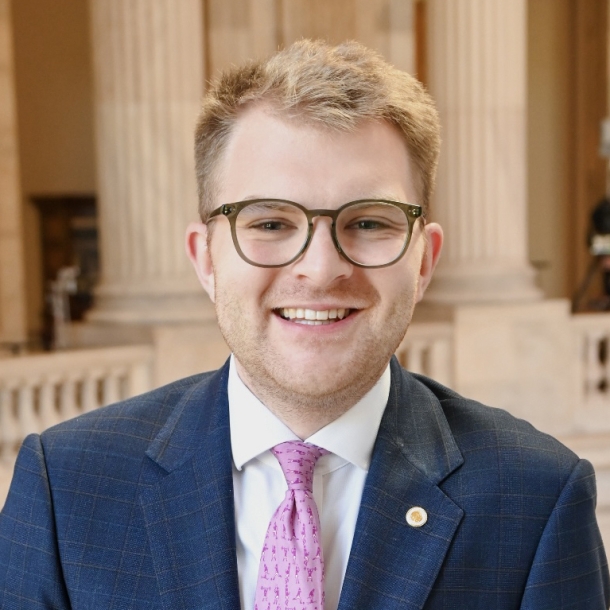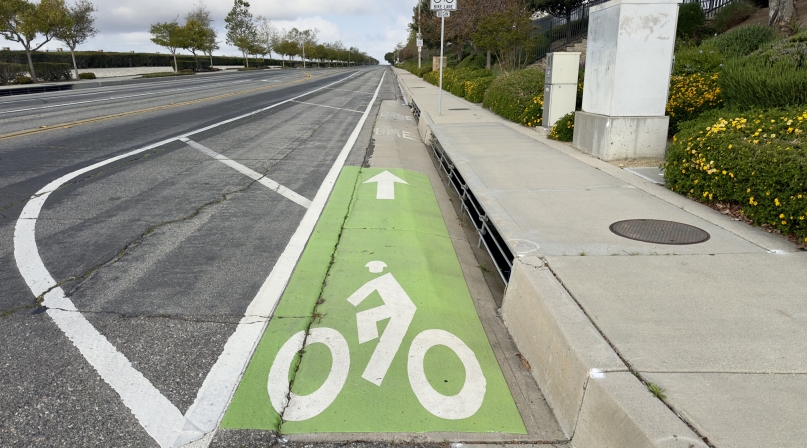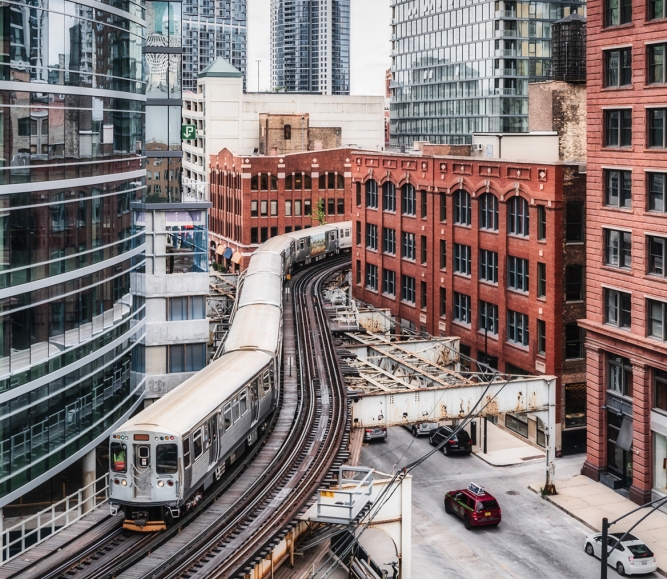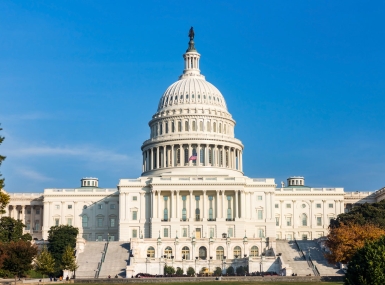Congress reintroduces bipartisan legislation for bike and pedestrian safety funding expansion
Author

Ben Gilsdorf

Rachel Yeung
Upcoming Events
Related News

Key Takeaways
In March, lawmakers in the House and Senate reintroduced the bipartisan Sarah Debbink Langenkamp Active Transportation Safety Act (S. 944/H.R. 2011).The legislation honors Sarah Debbink Langenkamp, a former U.S. diplomat and mother of two who was tragically killed while biking home in Bethesda, Md., just weeks after being evacuated from Ukraine in 2022.
What does this legislation do?
The bill is designed to improve safety for cyclists and pedestrians by granting state and local governments greater flexibility to invest Highway Safety Improvement Program (HSIP) funds. Specifically, the bill would allow these funds to serve as a local match for building safer bicycling and pedestrian infrastructure through both HSIP and the Transportation Alternatives Program (TAP).
TAP, established in 2012, provides local governments with access to a portion of federal transportation funds for community-focused projects. Under the Bipartisan Infrastructure Law (BIL), states were granted new authority to use HSIP funds as local matches for TAP projects that address safety concerns. However, current BIL language requires states to identify every individual eligible project, making it difficult for many communities to fully benefit.
This legislation aims to clarify project requirements, streamline the process and enable local governments to advance critical safety projects more efficiently.
How does this impact counties?
Counties play a major role in maintaining and improving the nation’s transportation infrastructure. As local governments continue to invest in physical infrastructure, it is essential to ensure the safety of vulnerable road users, including cyclists and pedestrians.
The Sarah Debbink Langenkamp Active Transportation Safety Act would provide counties with greater flexibility to access federal funds, supporting the development of safer and more inclusive transportation networks.
NACo endorses this bipartisan legislation and will continue to advocate for its passage during the 119th Congress to help counties protect all road users and promote community well-being.
Resource
Legislative Analysis for Counties: The Bipartisan Infrastructure Law

Related News

U.S. House of Representatives passes SPEED Act and other permitting reform bills
On December 18, the U.S. House of Representatives passed the SPEED Act (H.R. 4776). The SPEED Act would strengthen county involvement in decision-making and make needed commonsense reforms to the federal environmental review process.

Counties and Railroads: Shared Priorities for the Next Surface Transportation Bill
County leaders from across the country have a vital opportunity to ensure their infrastructure priorities are front and center.

House lawmakers introduce bipartisan legislation to support World Cup local transportation needs
On December 2, U.S. Reps. Rick Larsen (D-Wash.-02) and Burgess Owens (R-Utah-04) introduced the Transportation Assistance for Olympic and World Cup Cities Act (H.R.6348), a bipartisan effort to strengthen local transportation systems in communities preparing to host major international sporting events